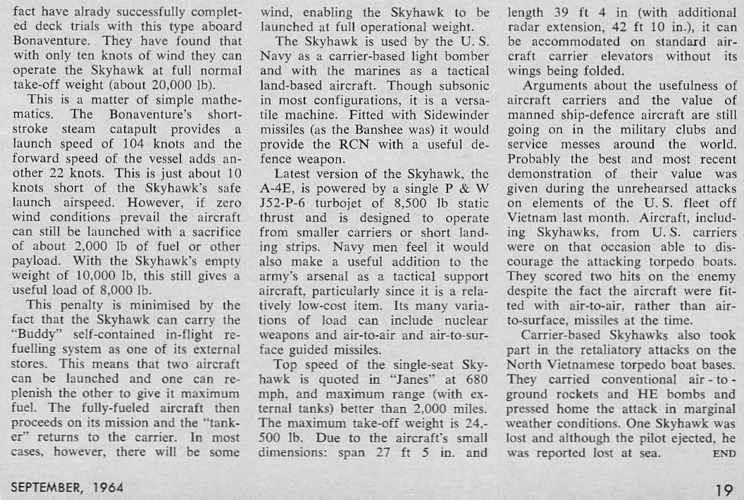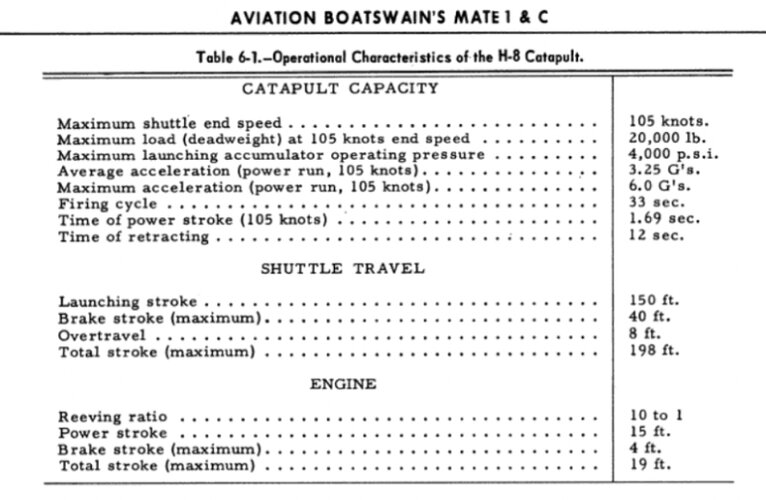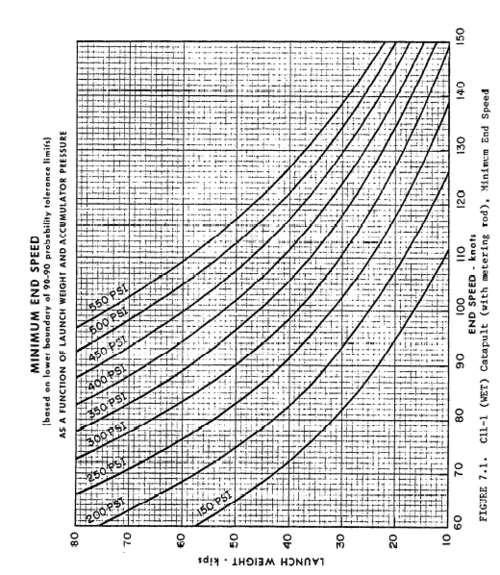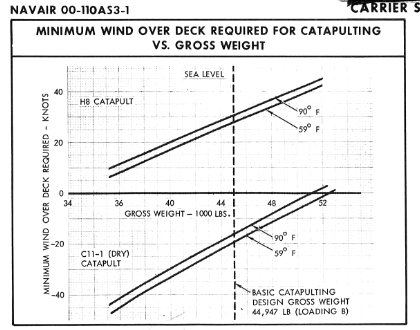orlovsky
I really should change my personal text
- Joined
- 28 May 2016
- Messages
- 268
- Reaction score
- 570
As for the question why the Etendard IV never got an afterburning engine, in addition to the program requirements mentioned by Archibald, I suspect another big reason was technical - the Atar 9B was a big honking engine that ate up internal fuel volume. Ideally the Etendard needed a shorter engine like the Gyron Junior DGJ.10 (10,000lbs dry thrust, 14,000lb with afterburning), which on paper was perfect for the job.
With the AB, the Atar 9 was about 6.2m vs the 8 at 3.9m or so. I may be wrong here, but weren't the ABs of the time for comparable turbojets all about 2m in length?
Also, the IVB had an Avon and for the SuE, the J52 was seriously considered. But AFAIK, never an afterburning engine. My understanding, which may be wrong again, was that for an AB, you'd have to redesign the Etendard into a very different plane.




